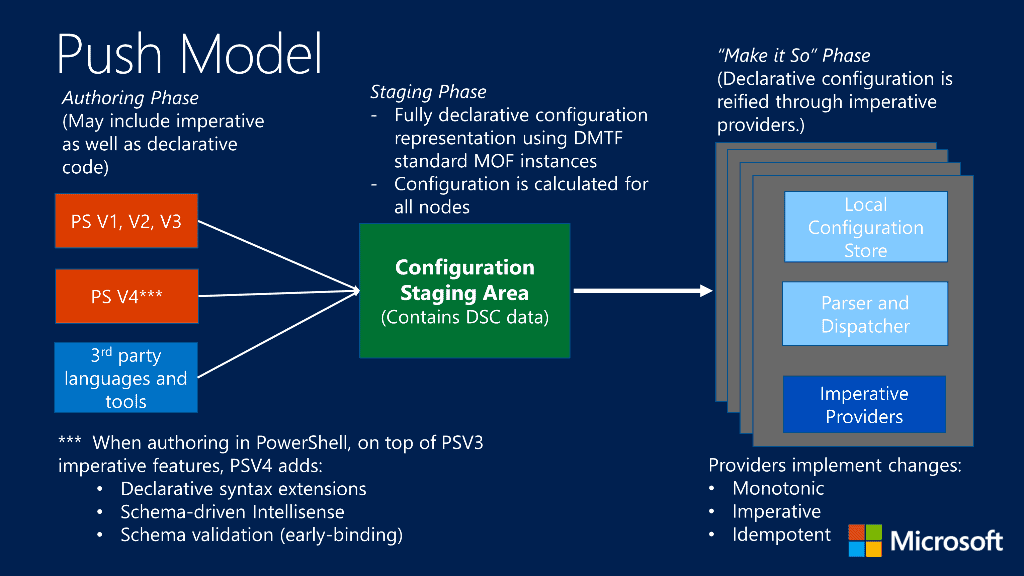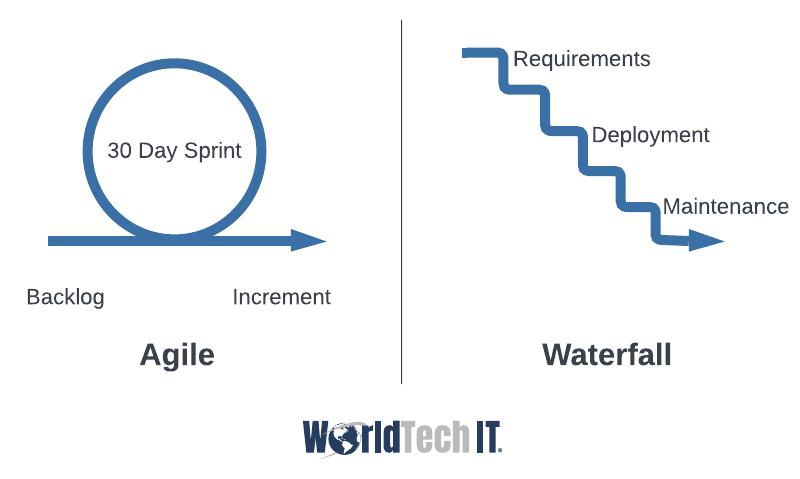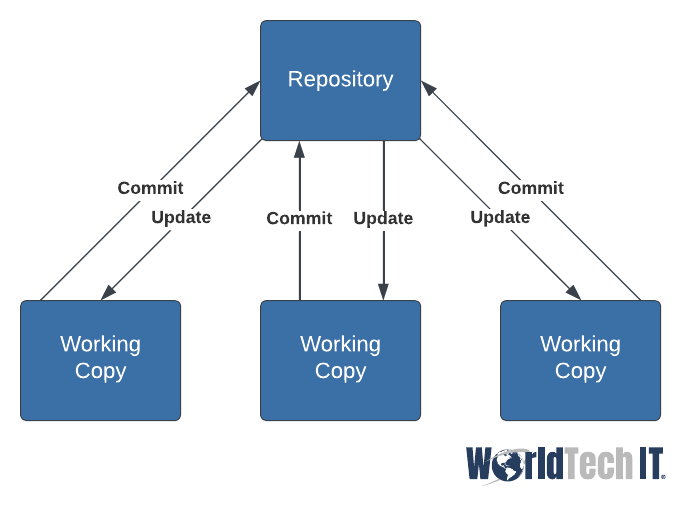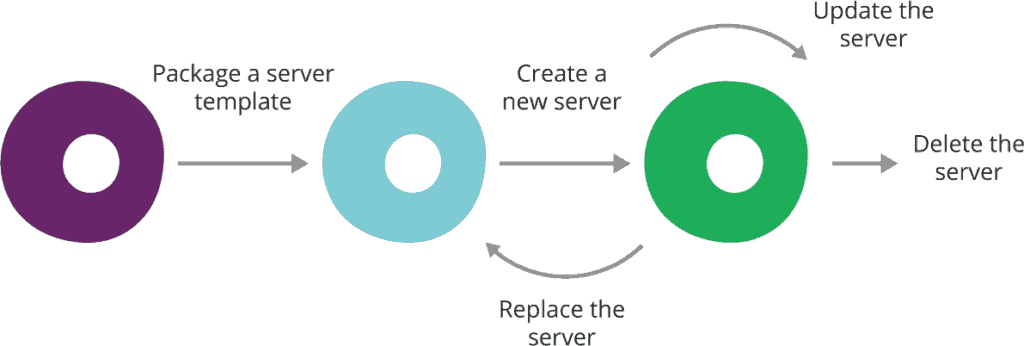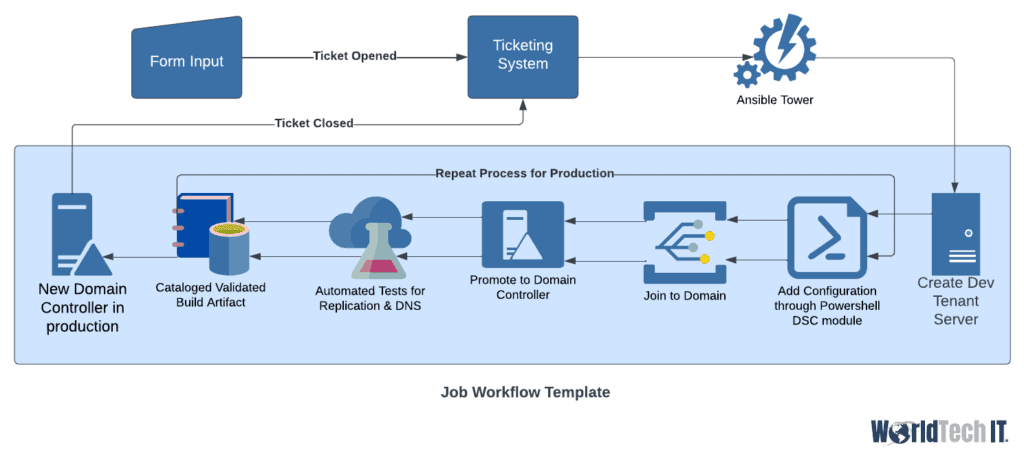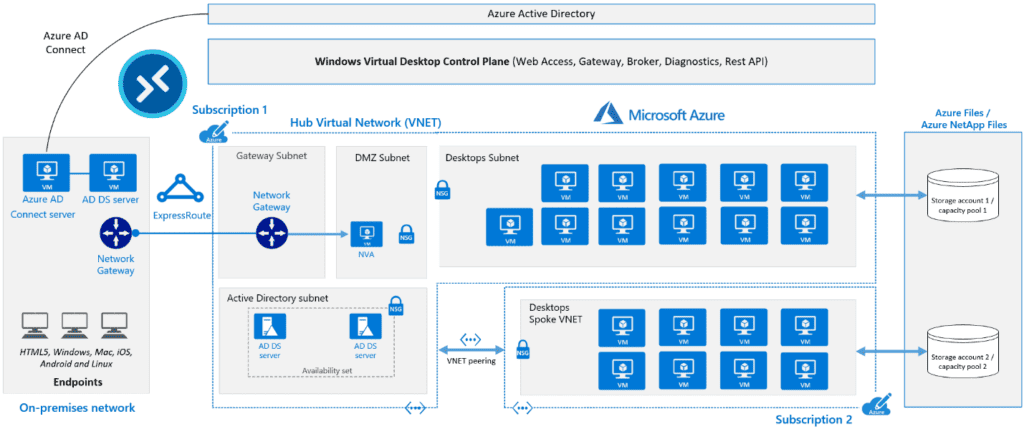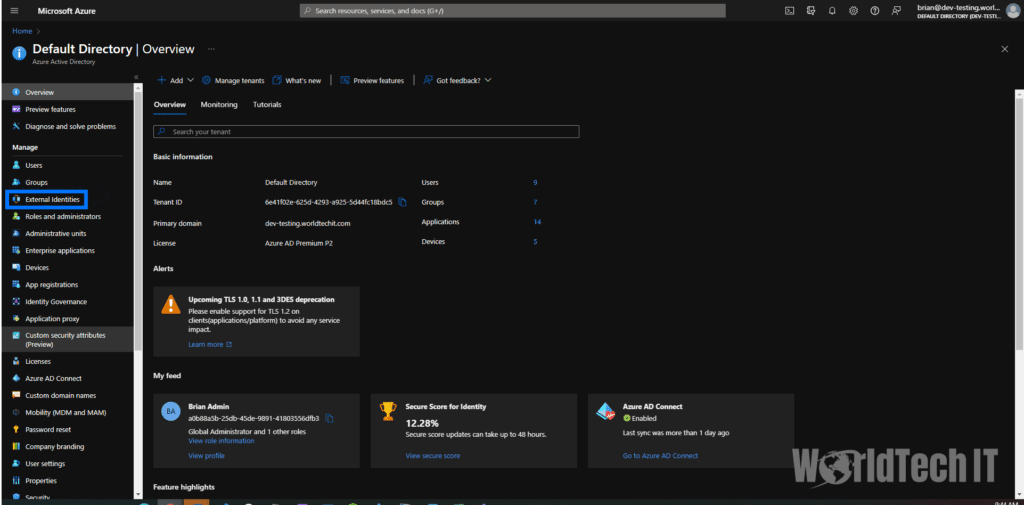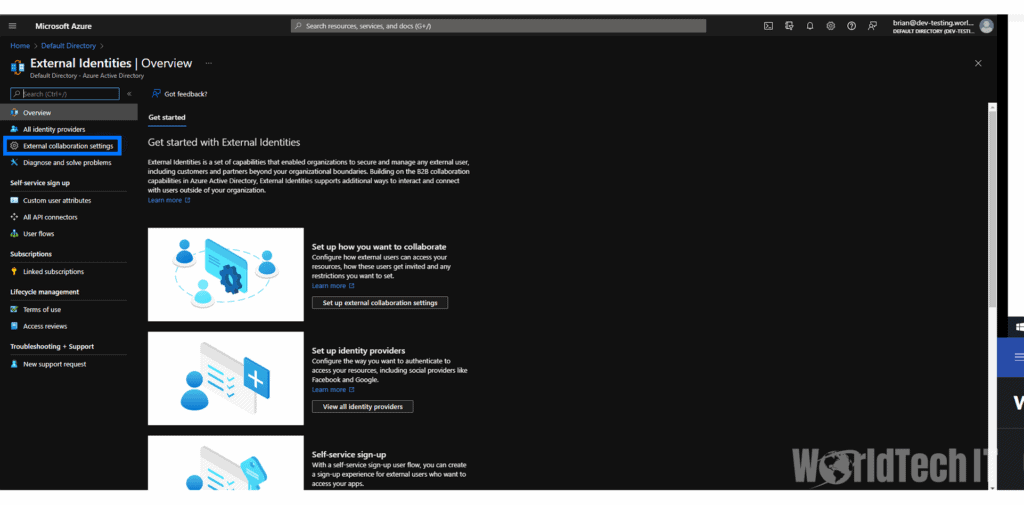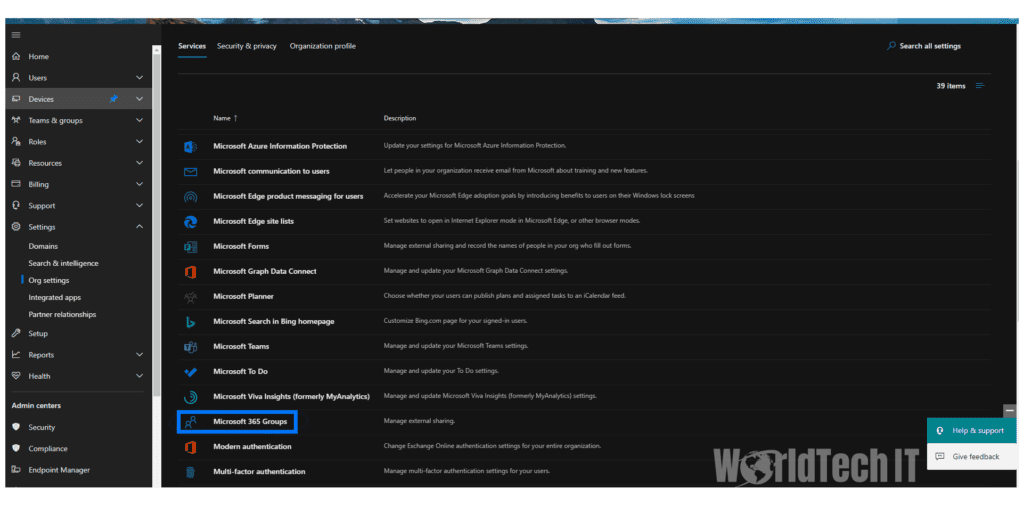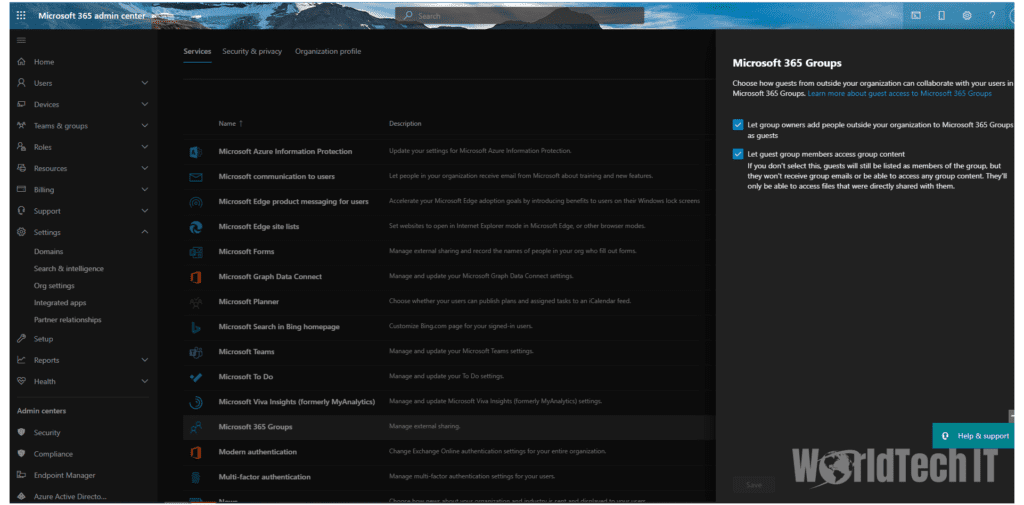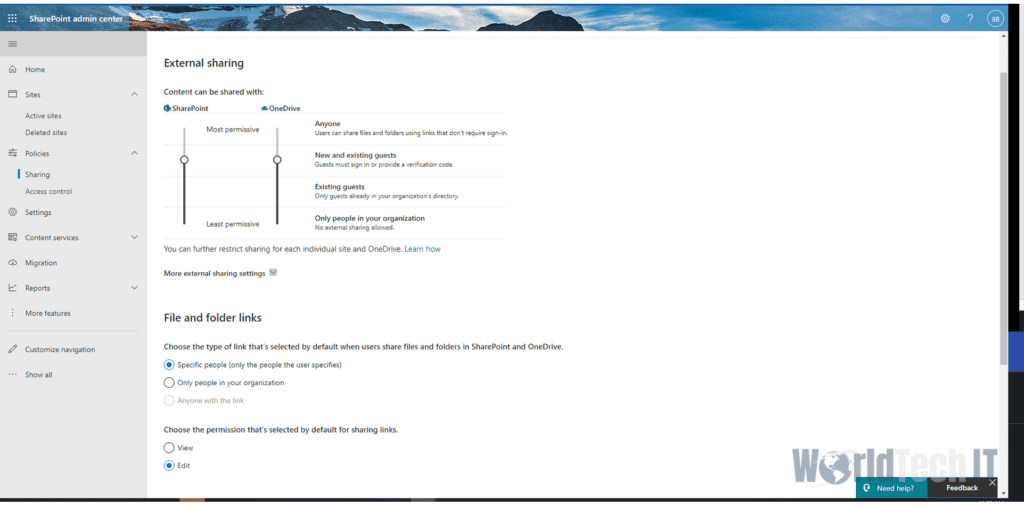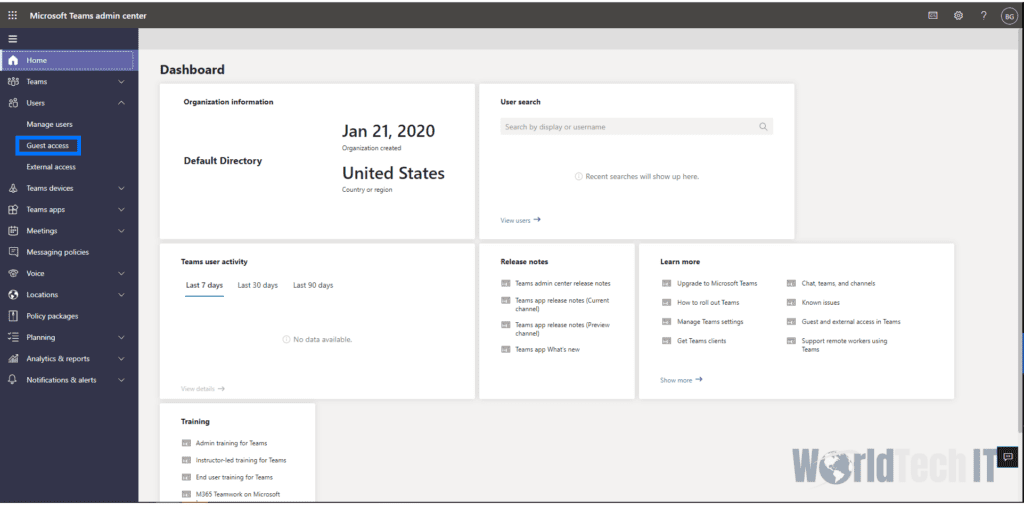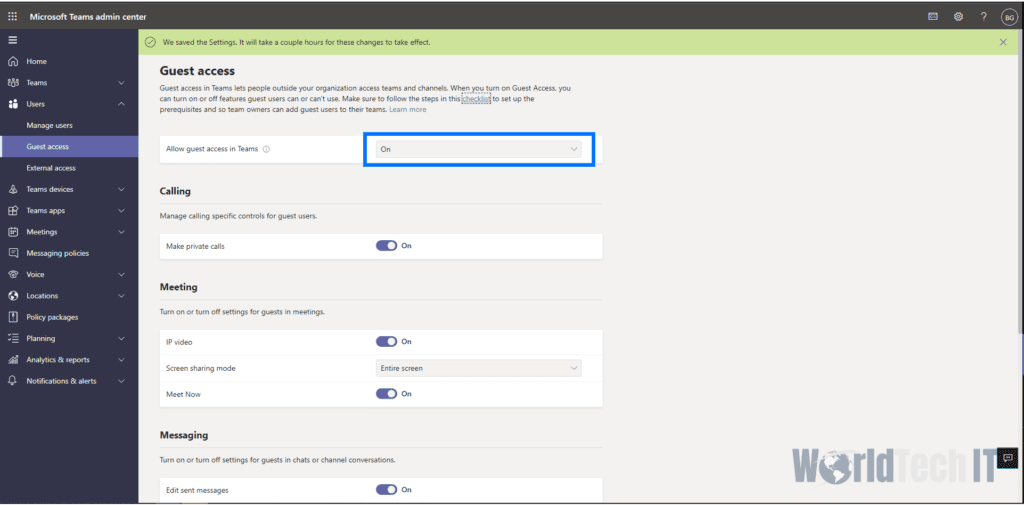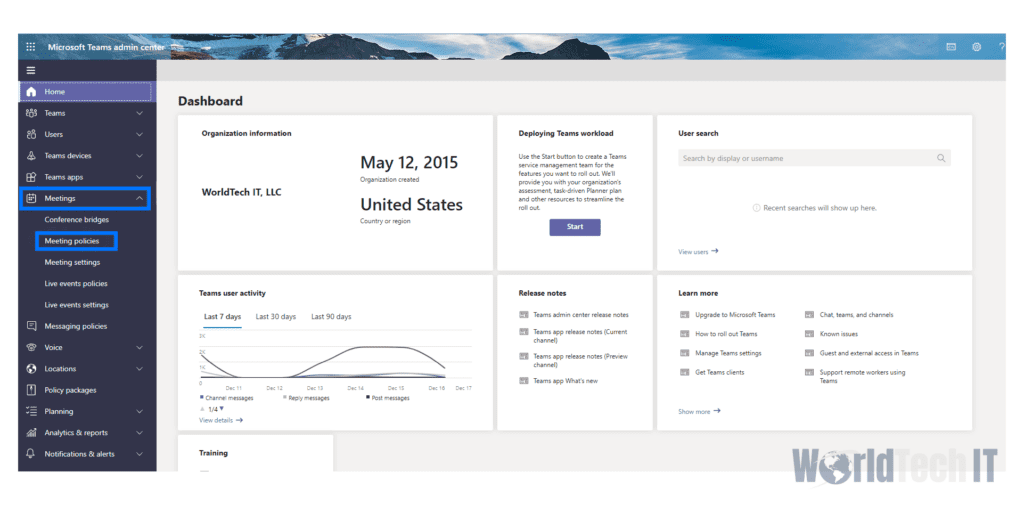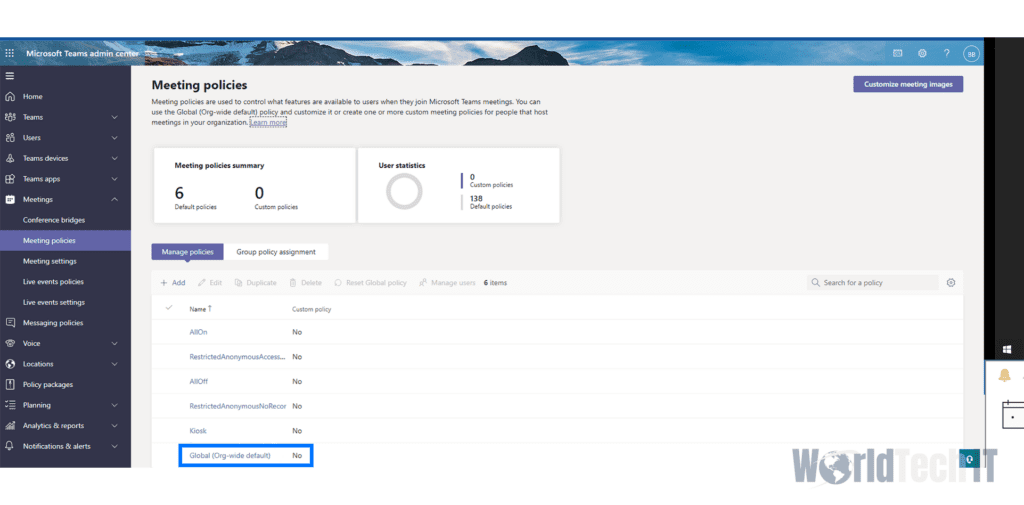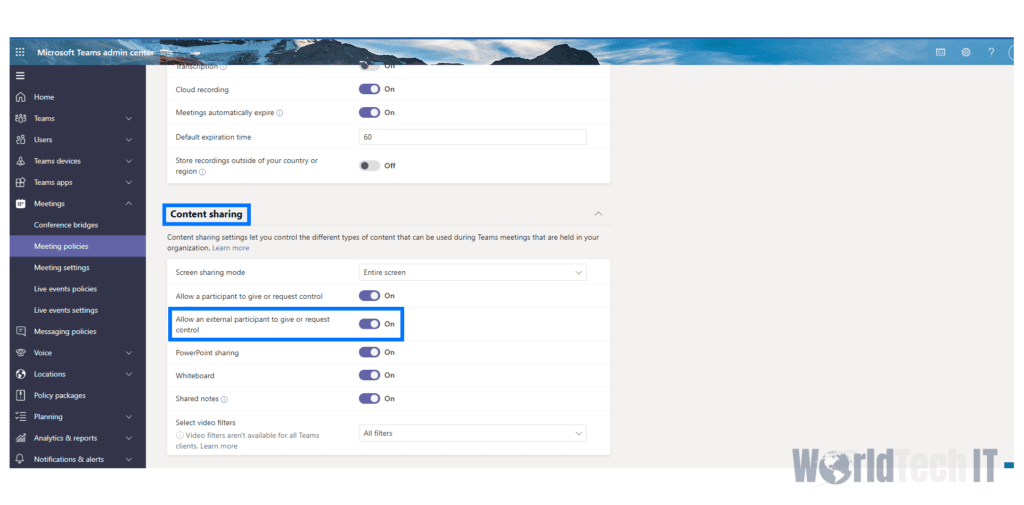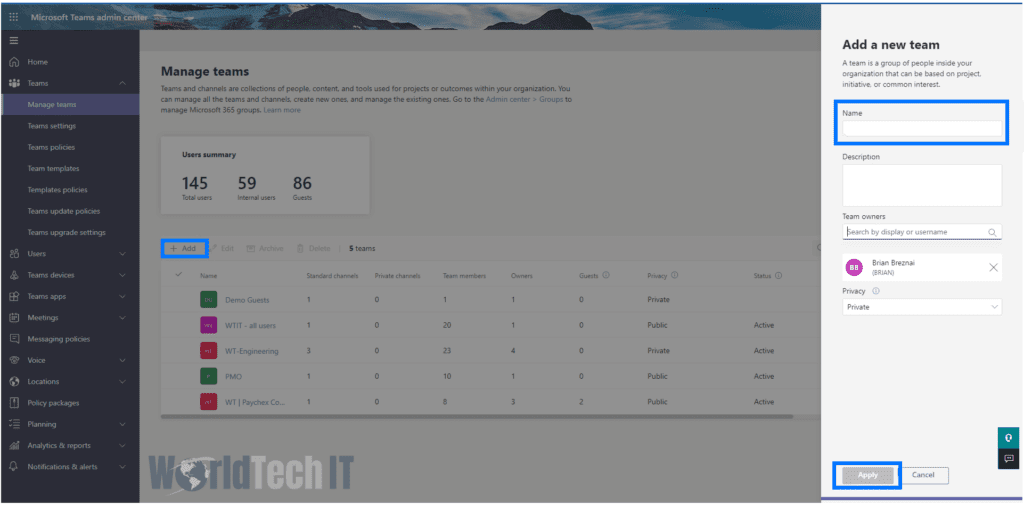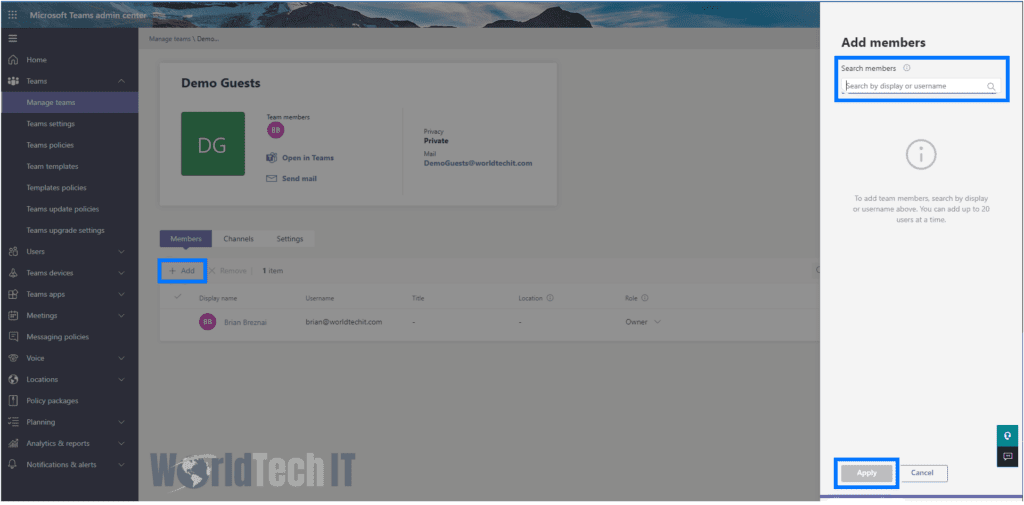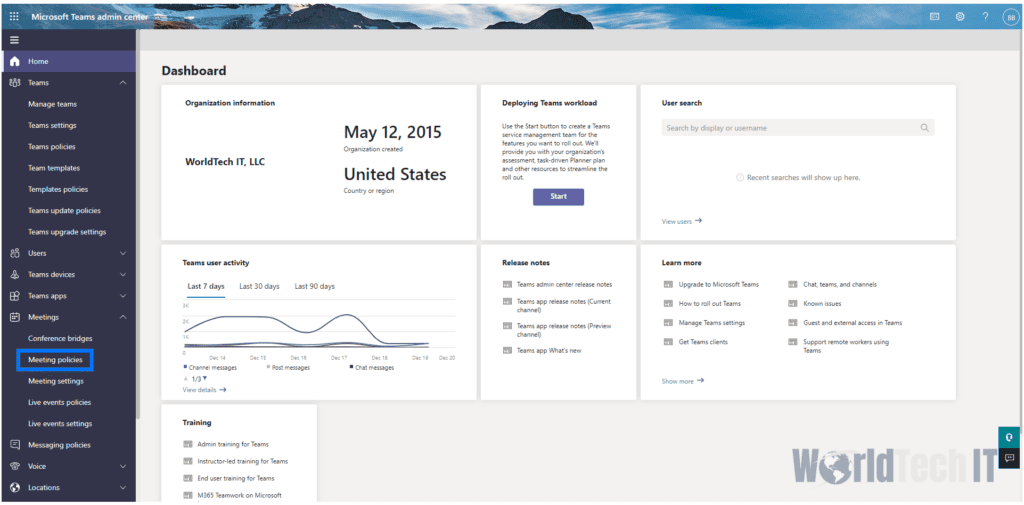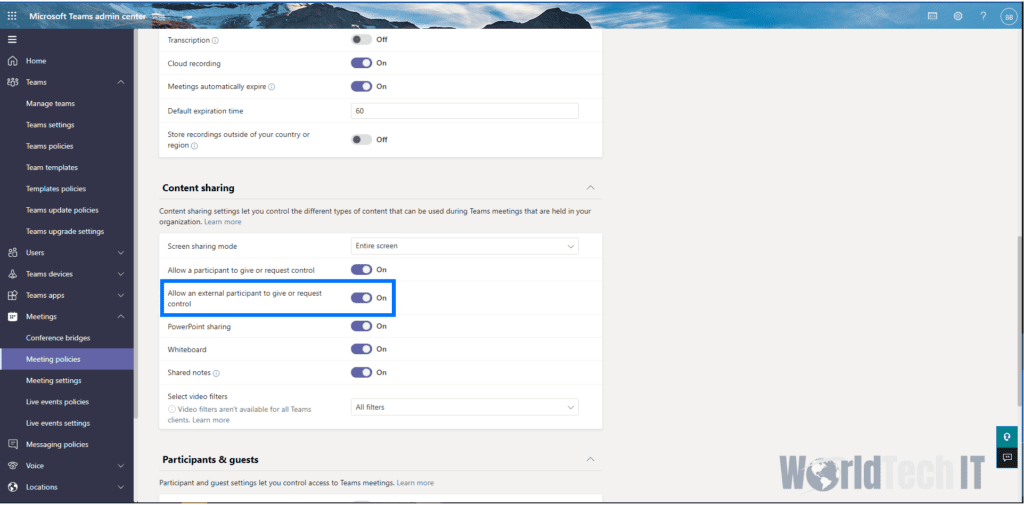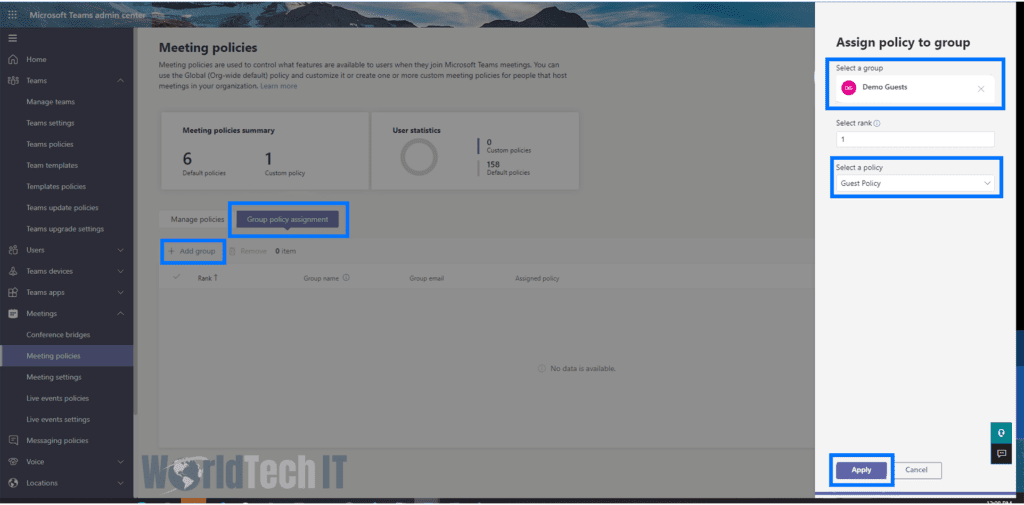One of the biggest trends in the Information Technology space for 2023 is a heightened focus on security. Each year, attackers develop new techniques and more sophisticated patterns. There are a lot of 3rd party tools on the market that can protect workstations, servers, one cloud type, etc. Microsoft’s Defender suite of products offers something for almost all parts of an organization, and one unified suite to monitor threats, especially for Cloud Assets. Microsoft has created a “Secure Score,” a weighted score based on security best practices. This article will cover the parts that make up Microsoft Defender for Cloud and highlight their key features.
Defender for Cloud
Defender for Cloud allows the import of any number of company subscriptions in Azure and includes a Cloud Posture Assessment of all assets within it. It will then provide security recommendations as well as compliance with major control accreditations such as SOC-2. Remediating the recommendations then leads to a resultant Secure Score per subscription and overall. These recommendations often provide easy steps to remediation and can help secure the whole environment.

Most organizations in today’s modern landscape have a presence in more than one of the major clouds. Defender for Cloud also allows you to import AWS Instances and GCP Projects. You can then can get the same sort of recommendations for either of these clouds to tighten security. Defender also offers a way to view common attack patterns and ways to prevent them. We can monitor it all from here!
Defender for Servers
Now that our clouds themselves are protected, how about the servers themselves? Defender for Servers is an add-on plan that deploys a defender agent to servers in the cloud environment and monitors them with real-time protection. We are also able to generate Vulnerability Reports and Recommendations using a built-in Qualys Scanner! These recommendations get integrated into the main list for the cloud and will be based on OS type. Yes, Defender can run on Windows or Linux VM and provide Linux vulnerabilities as well!
Defender for Containers
Most modern application teams are designing their apps as microservices in containers. Defender for Containers allows us to provide protection to Kubernetes Clusters in Azure Kubernetes Service (AKS) or on-premises. The same real-time protection for nodes and clusters and vulnerability assessments for images stored in Azure Container Registry (ACR) and running on AKS. Defender can also find misconfigurations in Kubernetes clusters and provide steps to fix them.
Defender for Other Azure Services
Defender for Cloud doesn’t stop there, though! We also can protect and assess hosted Databases and App Services. One of the biggest security items I find most customers not using is Azure Key Vault, which is a secure place to store certificates and application secrets. Defender is also able to protect this for security enhancements. Storage plans allow the securing of storage accounts, which can protect all data within. Finally, we are able to Secure Resource Manager operations, to ensure internal assets are created securely and properly each time!
Conclusion
With the recent move to the cloud, most organizations find themselves in a position where they have multiple Azure subscriptions, and possibly multiple cloud footprints. In the modern landscape, a company relies more on keeping its data safe than ever before. Most 3rd party solutions work great for one area or one major cloud provider. Microsoft Defender for Cloud and associated features allow security and visibility into the entire environment, no matter where assets lie.
